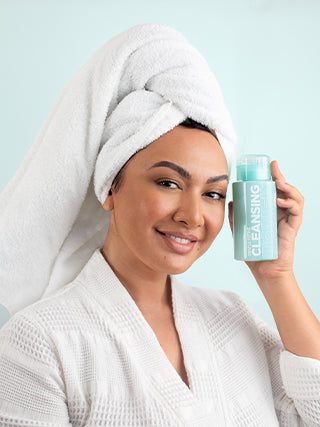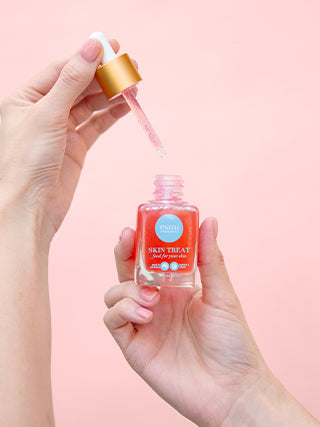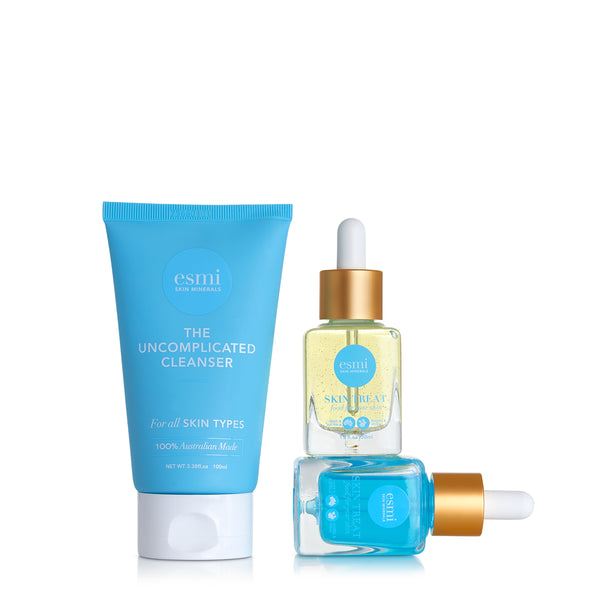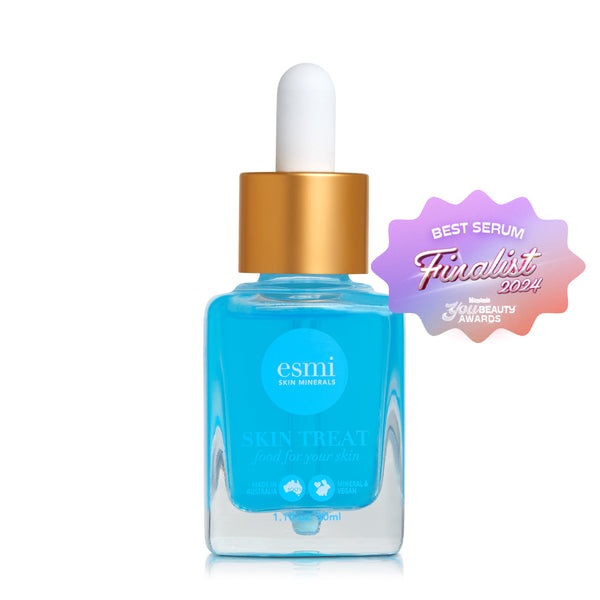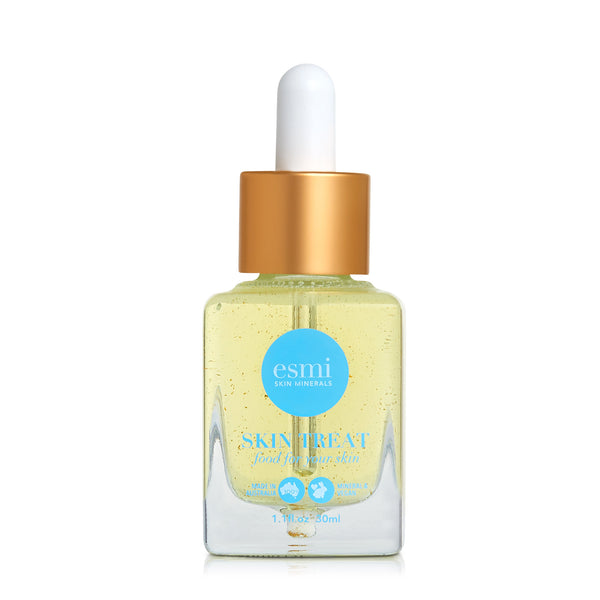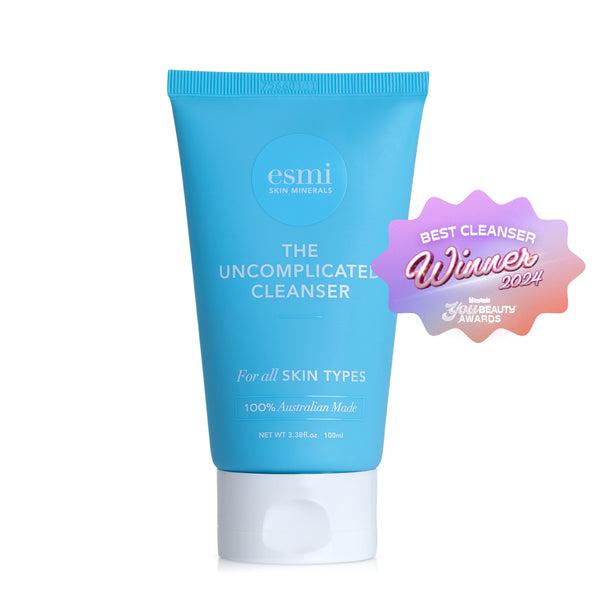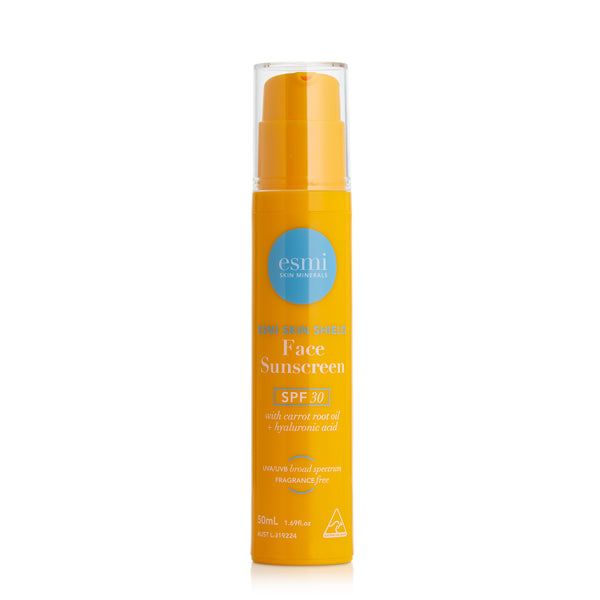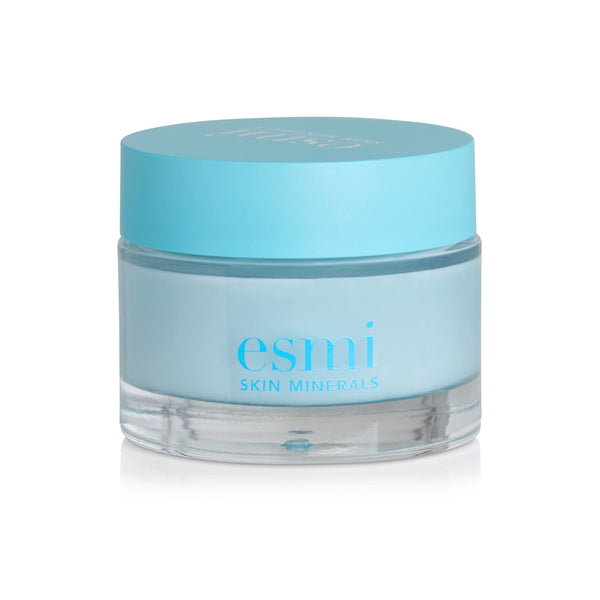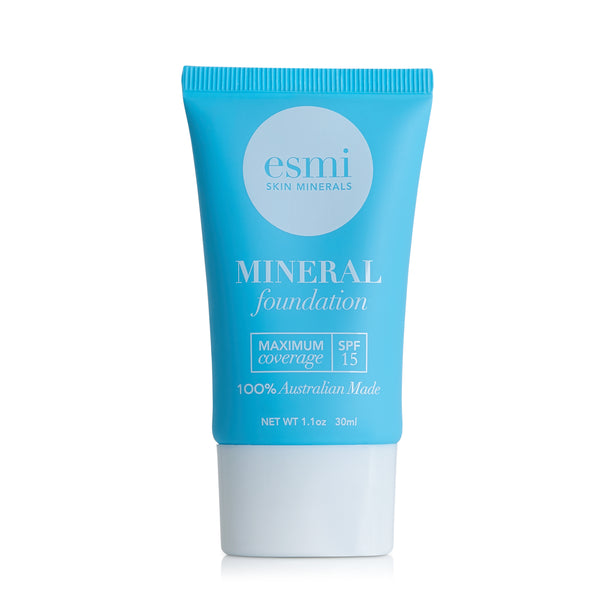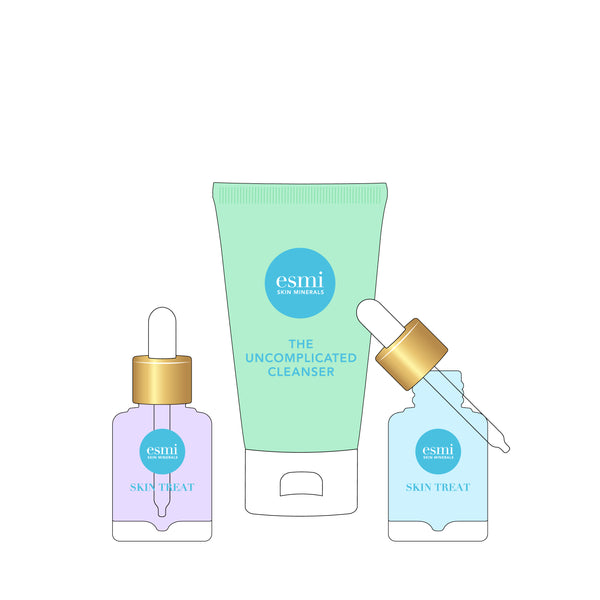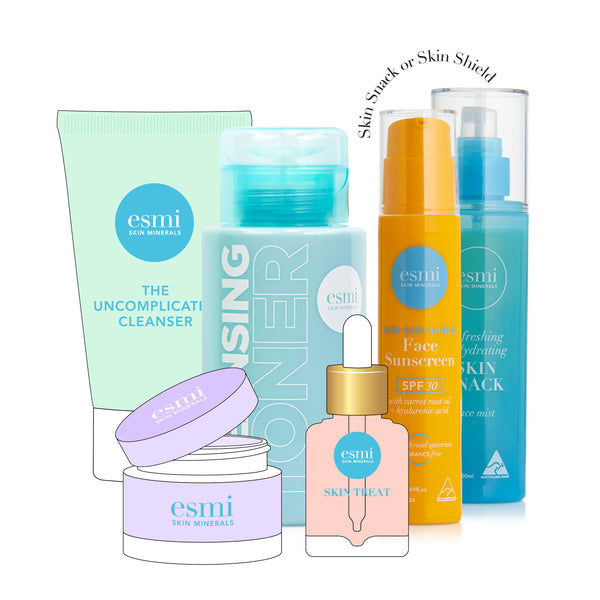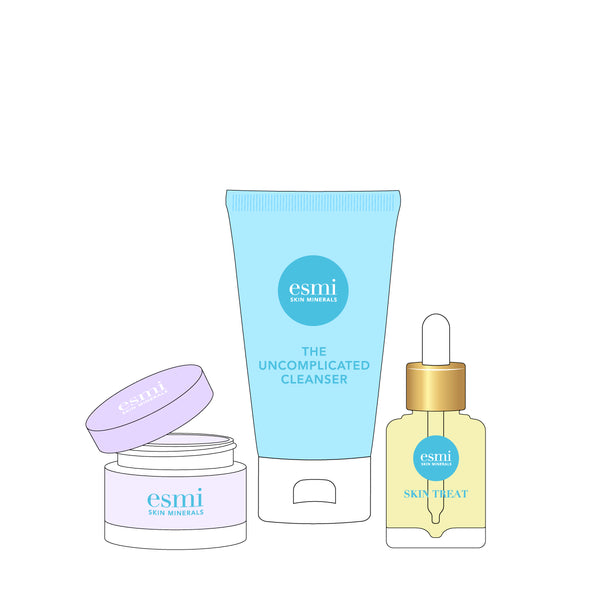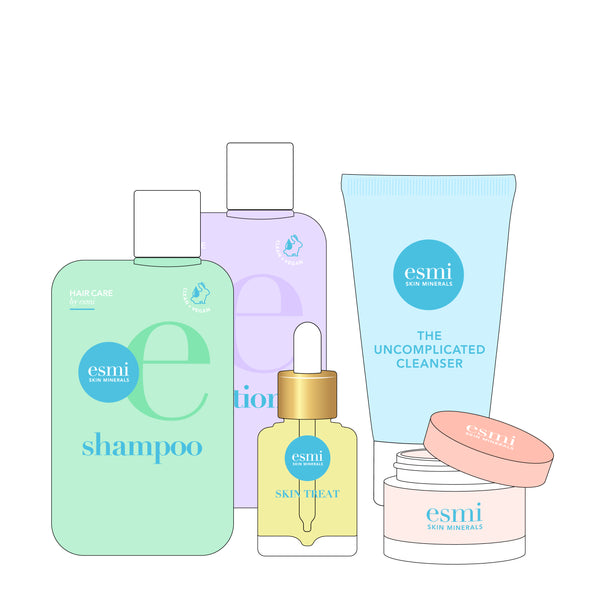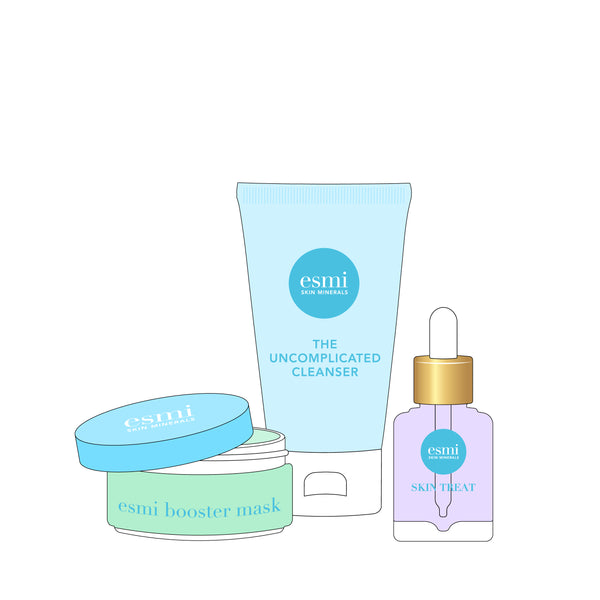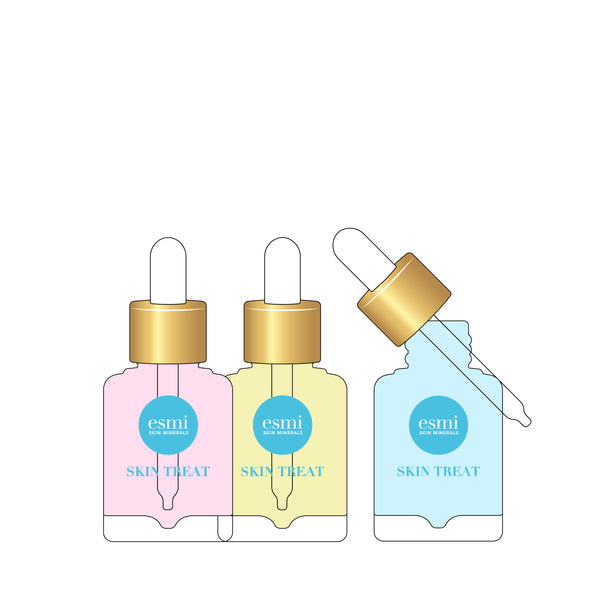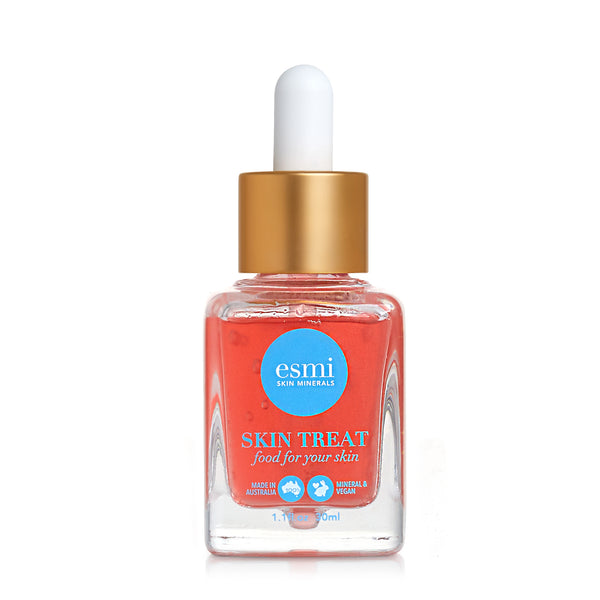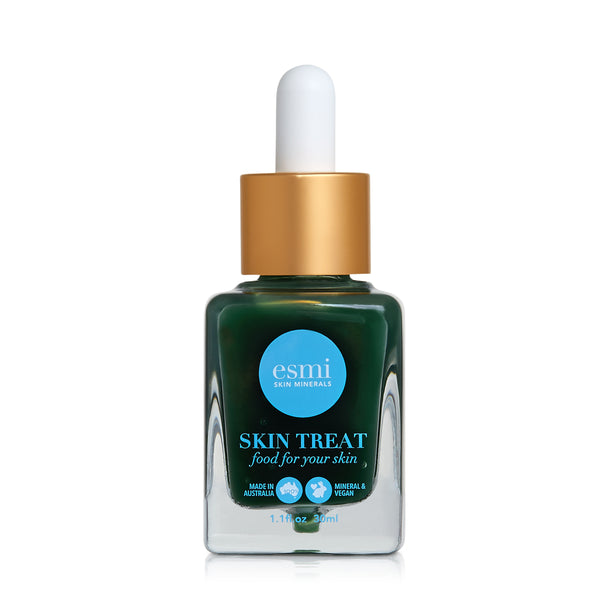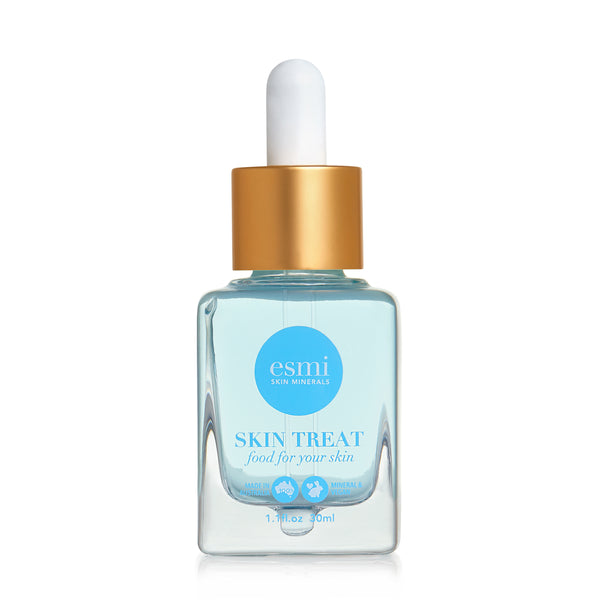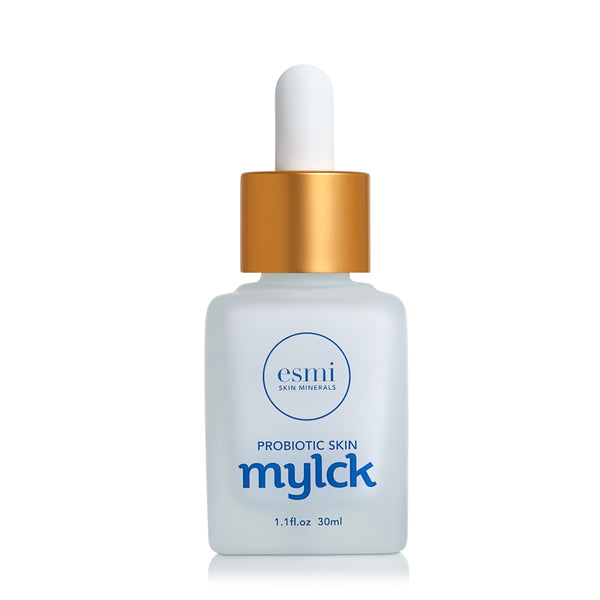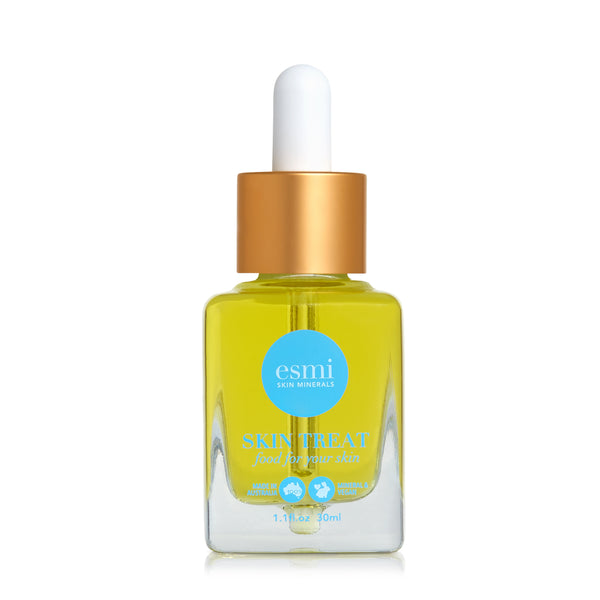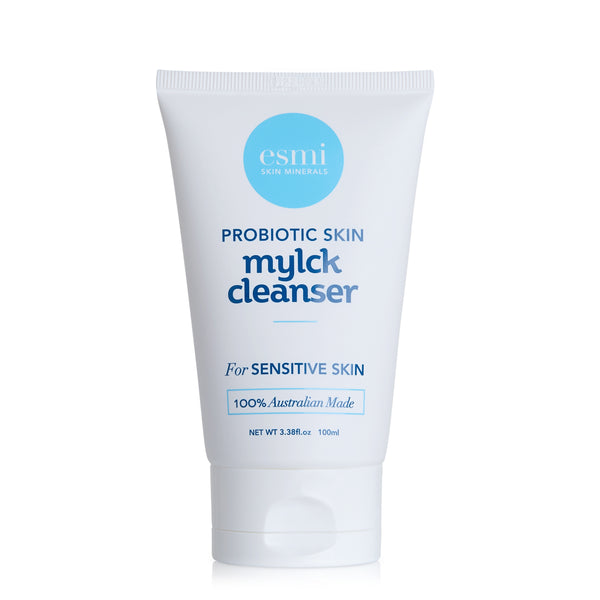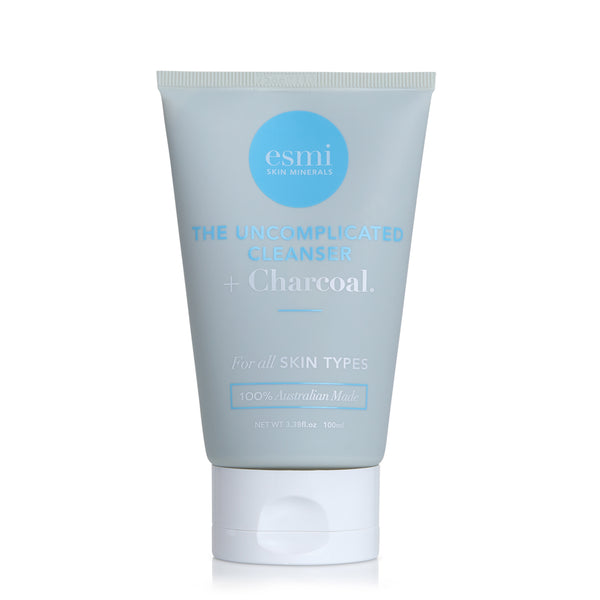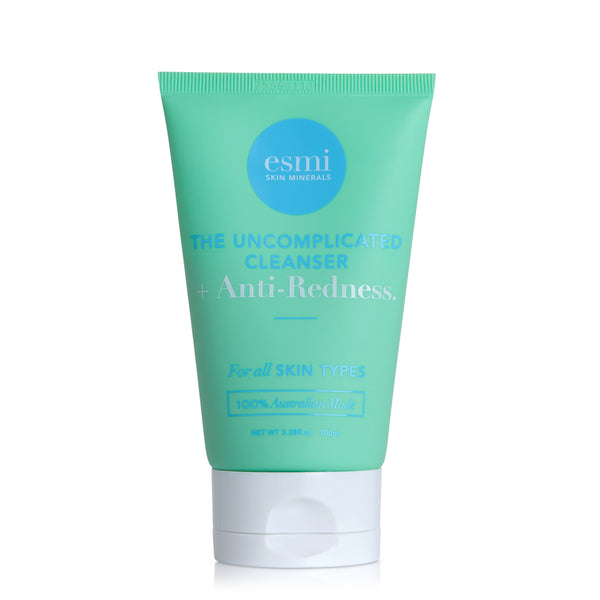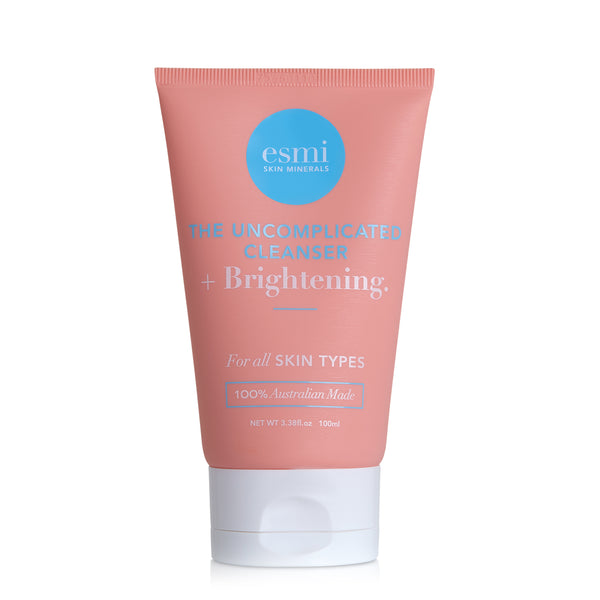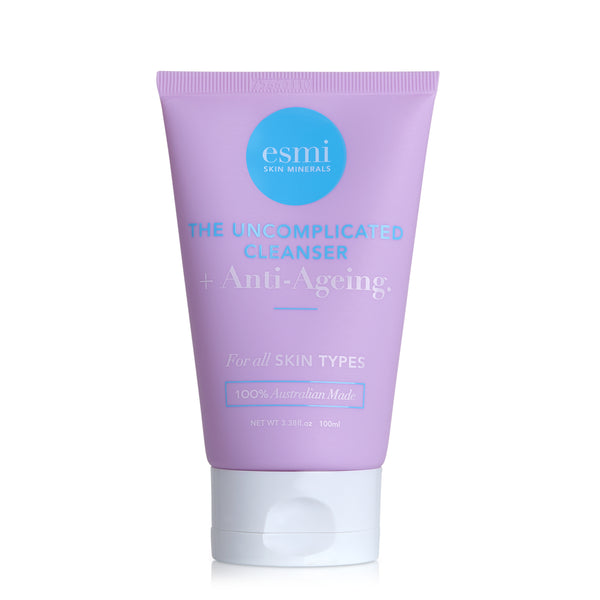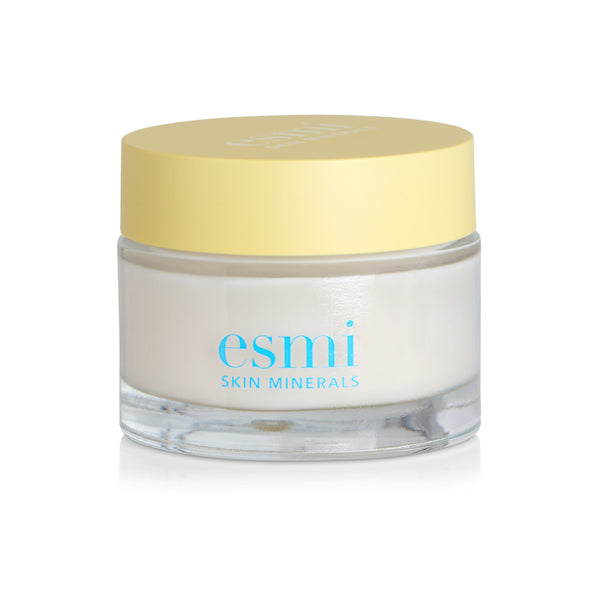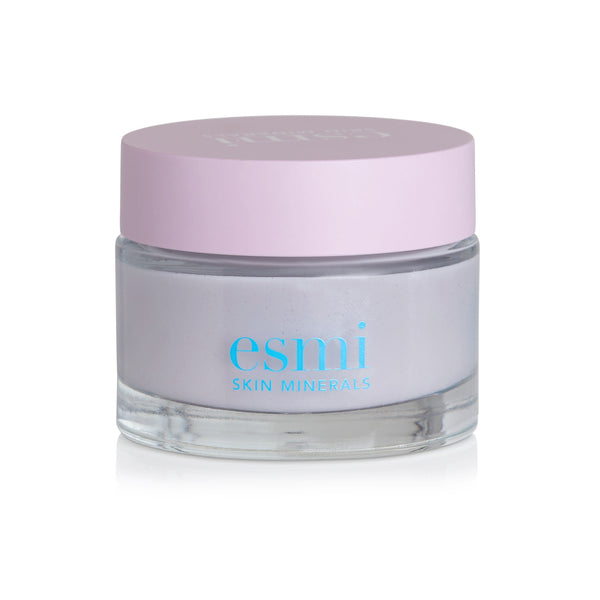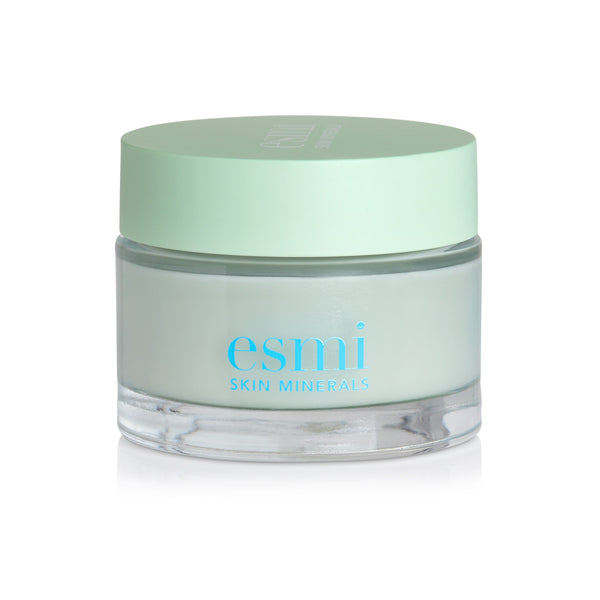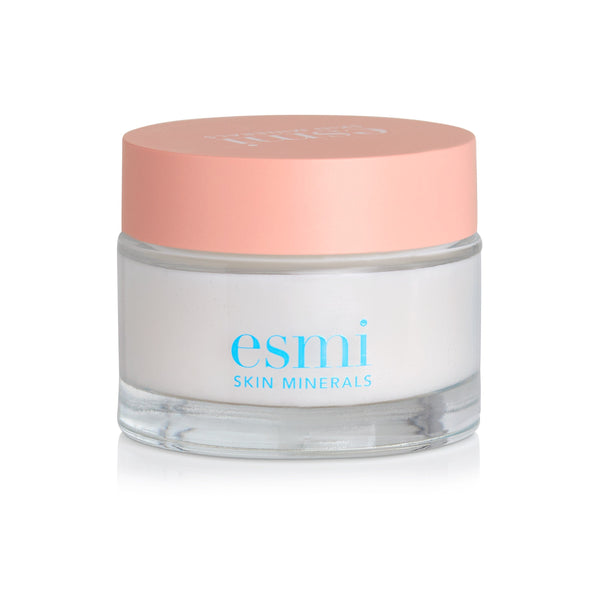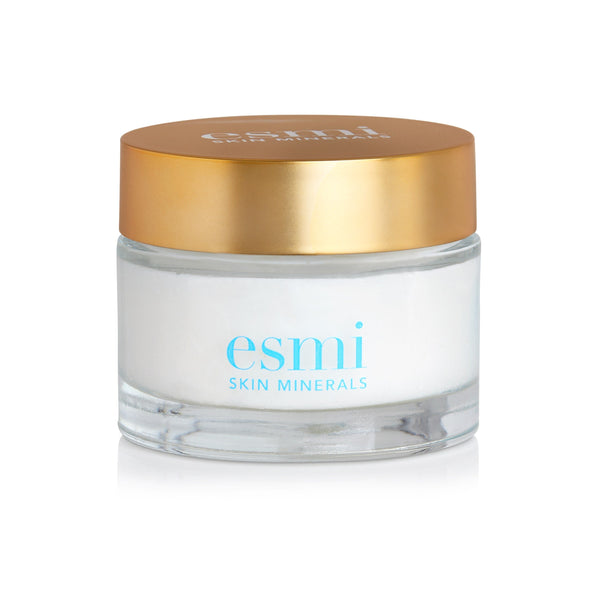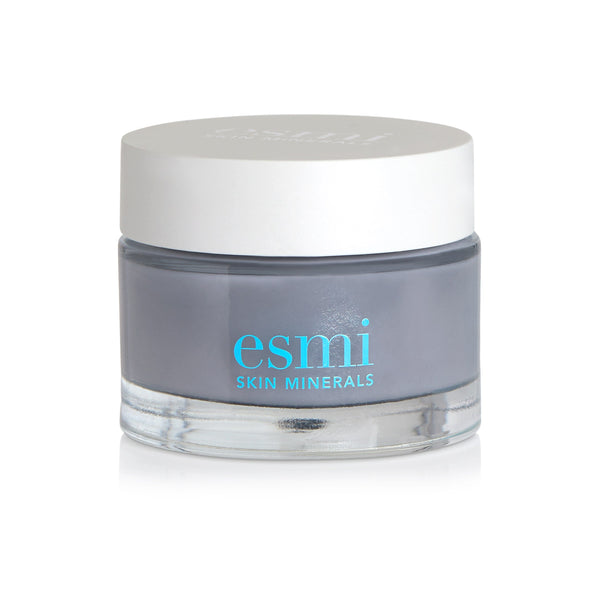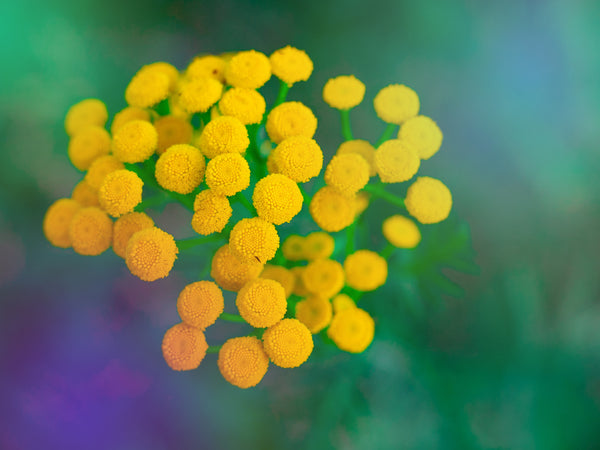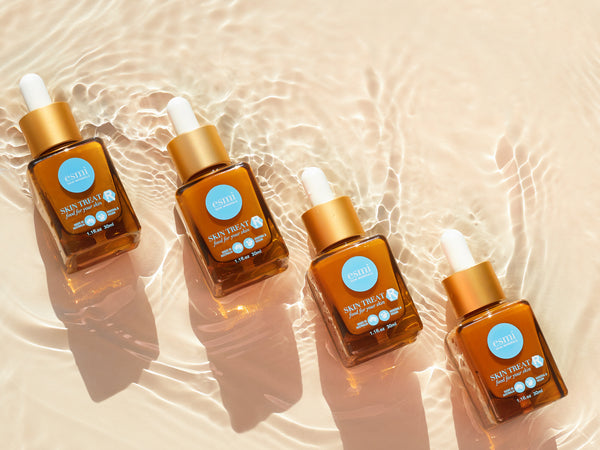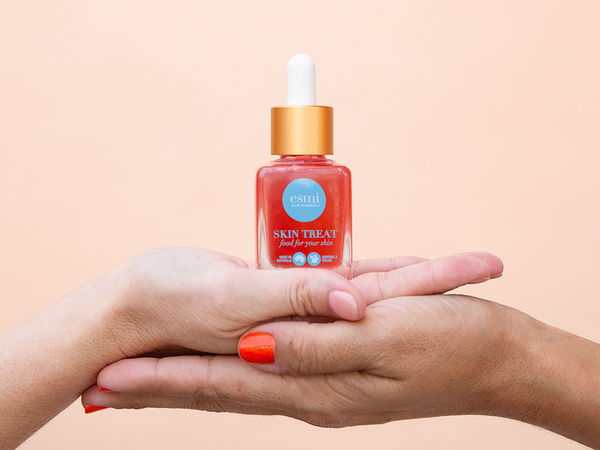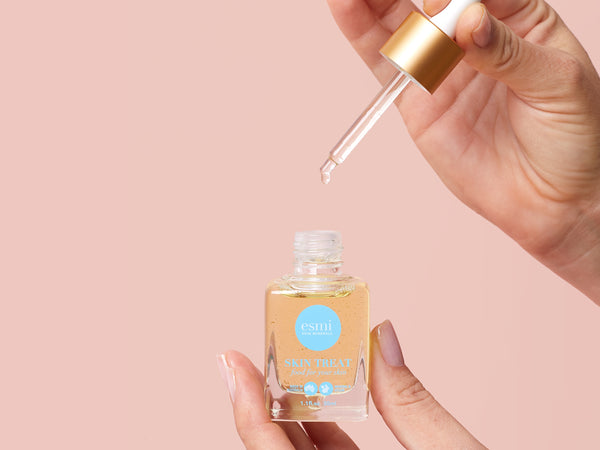Niacinamide - tricky to say (and spell!), but this powerful ingredient is taking the skin care world by storm. You might recognise the name from your favourite skin products. Niacinamide is a versatile ingredient, which is what makes it stand out. It’s a skin care all-rounder, with a range of benefits from reducing inflammation and redness, to strengthening the skin barrier, to improving overall skin texture and appearance. Almost every skin type can benefit from niacinamide, a crowd-pleasing ingredient that deserves the hype.
What is topical niacinamide?
Niacinamide is a water-soluble version of vitamin b3 which has extensive antioxidant and anti-inflammatory properties when applied topically in skin care. Many topical niacinamide or vitamin b3 products come in the form of serums, treatments or masks.
How to introduce niacinamide to your skin routine
For acne prone skin
Vitamin B3/niacinamide will assist in regulating oil flow and reducing pore size. This is ideal for acne or breakout prone skin, where niacinamide can help to reduce breakouts and make your skin more manageable. Niacinamide regulates oil flow without stripping the skin of it’s natural barrier, allowing you to skip harsh ingredients that cause overproduction of oil and worsens breakouts in the long term.
For acne prone skin, we recommend niacinamide as found in our Anti-Redness Minty Green Smoothie. This lightweight formula with a gorgeous wild mint aroma will help to repair and restore skin and treat post breakout redness. For further information on an acne prone skin routine, see our Guide to Getting Rid of Acne.
For red or inflamed skin
Niacinamide calms the skin and reduces inflammation, making it a great ingredient to treat rosacea, skin redness and sensitivity. It has also been found to strengthen the skin barrier, which is the first line of defence against environmental triggers. This means that skin is less likely to become inflamed to begin with.
For inflamed skin, we recommend our Anti-Redness Minty Green Smoothie alongside our Anti Inflammatory Mint Gel Booster Mask. These products will help calm existing inflammation and reduce the likelihood of future inflammation by strengthening the skin.
For pigmentation
Vitamin B3/niacinamide can help to lighten pigmentation, age spots and melasma by stopping the transfer of melanin at a cellular level. Niacinamide does this by helping to rebuild healthy skin cells and protecting the skin from damage caused by ultraviolet rays.
To harness the power of niacinamide for pigmentation, we recommend using our Hyaluronic Hydrating Serum. This plumping serum will give your skin a boost of hydration in conjunction with pigment targeting niacinamide. To target pigmentation potently, use in conjunction with our Pomegranate Brightening Serum. Layer your serums with the Pomegranate Brightening serum followed by the Hyaluronic Hydrating Serum.
For fine lines and wrinkles
It is suggested that Niacinamide works to increase collagen production in the dermis. The effect of this is a significant improvement in the appearance of fine lines and wrinkles.
To slow the signs of ageing, we recommend our Hyaluronic Hydrating Serum used in conjunction with our Anti-Ageing Eye Serum to really target lines in the delicate eye area. Layer with the eye serum first to really treat your skin.
For dry skin
Niacinamide can also be used to treat dry skin. It works preventatively and decreases water loss from the skin, meaning the skin remains more hydrated across all layers.
For a massive hydration injection, you cannot go past our best selling Hyaluronic Hydrating Serum. This is the ultimate skin hydrater that moisturises from the inside out. Reap the benefits of niacinamide and hyaluronic acid combined.
Combining niacinamide and vitamin c
It is a common skin care myth that niacinamide and vitamin c can’t be combined. However, niacinamide has actually been shown to improve and enhance the effectiveness of vitamin c. Since both of these ingredients target pigmentation and ageing, combining them will potently (but gently) target these concerns.
The science behind niacinamide in skin care
The research around niacinamide is impressive, with studies showing it can offer a wide range of skin care benefits, including:
- Niacinamide is used to improve overall skin texture. In one study, 3.5% niacinamide was administered topically to a sample group for four weeks and demonstrated a 14.8% reduction in skin roughness (compared to a placebo).
- It can be used to help reduce the appearance of fine lines and wrinkles. In a 2004 clinical trial, a 50 person sample group applied 5% niacinamide twice daily for 12 weeks. Results showed significant improvement in fine lines and wrinkles, hyperpigmentation, redness, yellowing, and skin elasticity.
- Niacinamide increases the barrier function of the skin, resulting in less irritation when the skin encounters environmental triggers and reducing inflammation.
- As a powerful antioxidant, niacinamide has been shown to reduce skin redness and inflammation like acne.
- A 12-week study cited found that niacinamide (used in conjunction with salicylic acid) significantly reduced pore size and bumpy skin texture.
Niacinamide is a fantastic skin care ingredient for a huge range of skin concerns. This incredible ingredient will supercharge your skin care routine and enhance the effectiveness of many other skin products.
Still not sure if niacinamide is right for you? Not sure where to start? We are here to support you on your skin journey. Talk to our skin specialist team who will guide you through your FREE personal Skin Care Plan and help you get on top of your skin concerns today.

Citations
Gehring W. Nicotinic acid/niacinamide and the skin. J Cosmet Dermatol. 2004 Apr;3(2):88-93. doi: 10.1111/j.1473-2130.2004.00115.x. PMID: 17147561.
Hakozaki, T., et al. "The effect of niacinamide on reducing cutaneous pigmentation and suppression of melanosome transfer." British Journal of Dermatology 147.1 (2002): 20-31.
